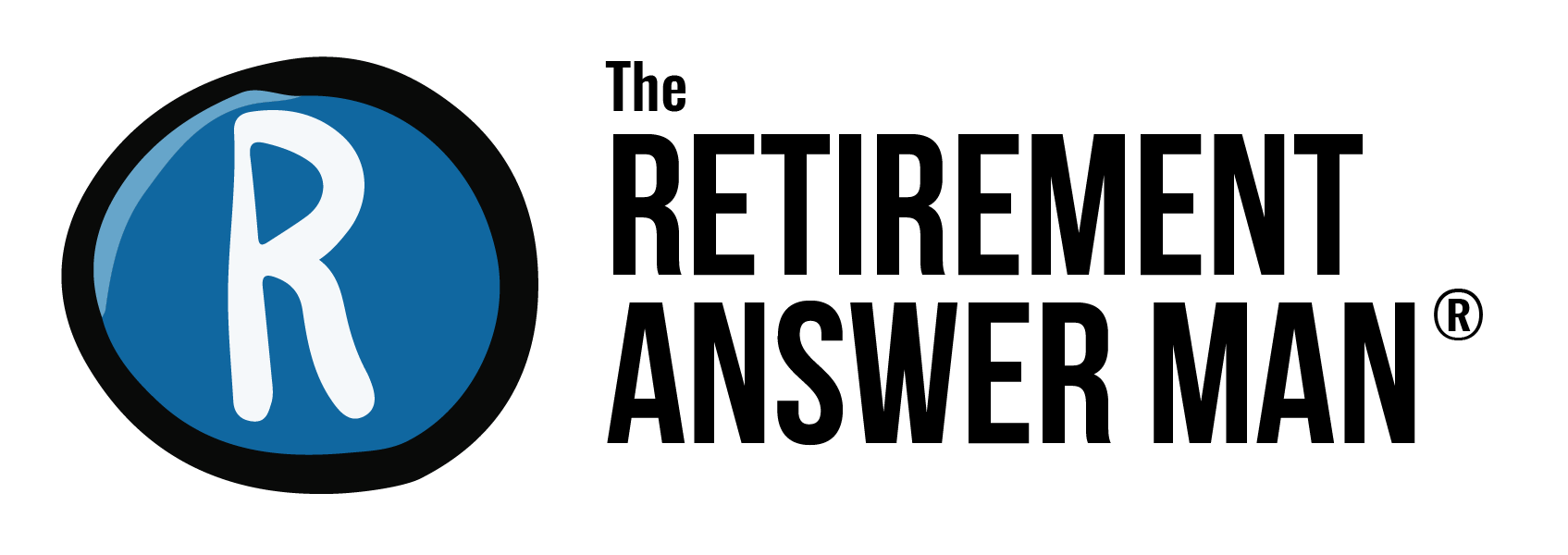Glossary
We try our best to keep information approachable here on The Retirement Answer Man® podcast. That being said, there are a few financial terms in our regular lexicon that you’ll want to understand in order to get the most out of our show. Grab your nerd hats, and get ready to dive in!
The 8 Pillars of Retirement Planning
A fulfilling, enjoyable retirement is founded on eight financial and non-financial pillars.
Financial Pillars
-
What do you want? That’s a tricky, even intimidating, question, but it’s critical to answer for a successful retirement.
-
Review your financial resources, and determine how to fund your vision. Remember, you’ll need to think outside the box and consider creative levers for making most of your dreams possible.
-
An unexpected life event can easily blow a feasible plan off track! Stress test your plan against major risks like a bear market early in retirement, losing a spouse, or a healthcare shock. Look for ways to mitigate these risks to your plan.
-
These are the fine-tuning decisions around matters like tax planning, Roth conversions, gifing strategies, or Qualified Charitable Distributions (QCDs). Optimization becomes part of your ongoing retirement planning. An agile project is always a work in progress!
Non-Financial Pillars
-
You’ve got big plans for your retirement! Cultivating practices that nurture your energy, like getting the proper amount of sleep and fueling your body with healthy nutrition, are critical for enjoying a satisfying retirement.
-
Your ideas about retirement can make or break the experience for you. We espouse positive mindsets focused on growth, abundance, and possibility.
-
Happy people have projects! Passions provide you with purpose and a sense of identity outside of your paid career, whether your passion project is being an incredible grandparent or starting a new side business.
-
As the natural social opportunities provided by work wane, you’ll be required to think more strategically about building and maintaining close relationships. Consider ways to forge new friendships, strengthen your marriage or romantic partnership, and build closer community ties.
Listen to our series on the 8 Pillars or download the easy to reference worksheet from our Resource Library.

